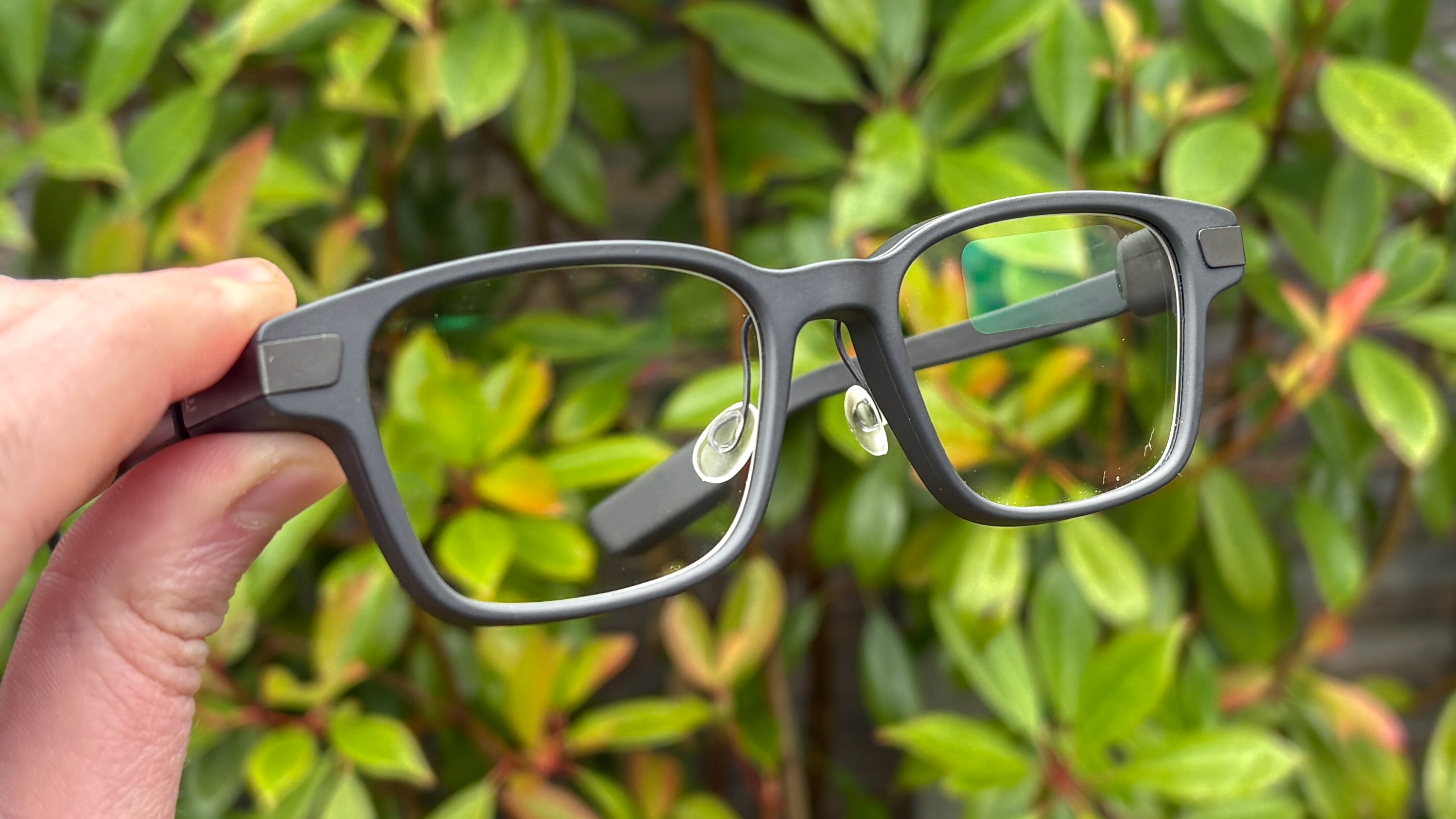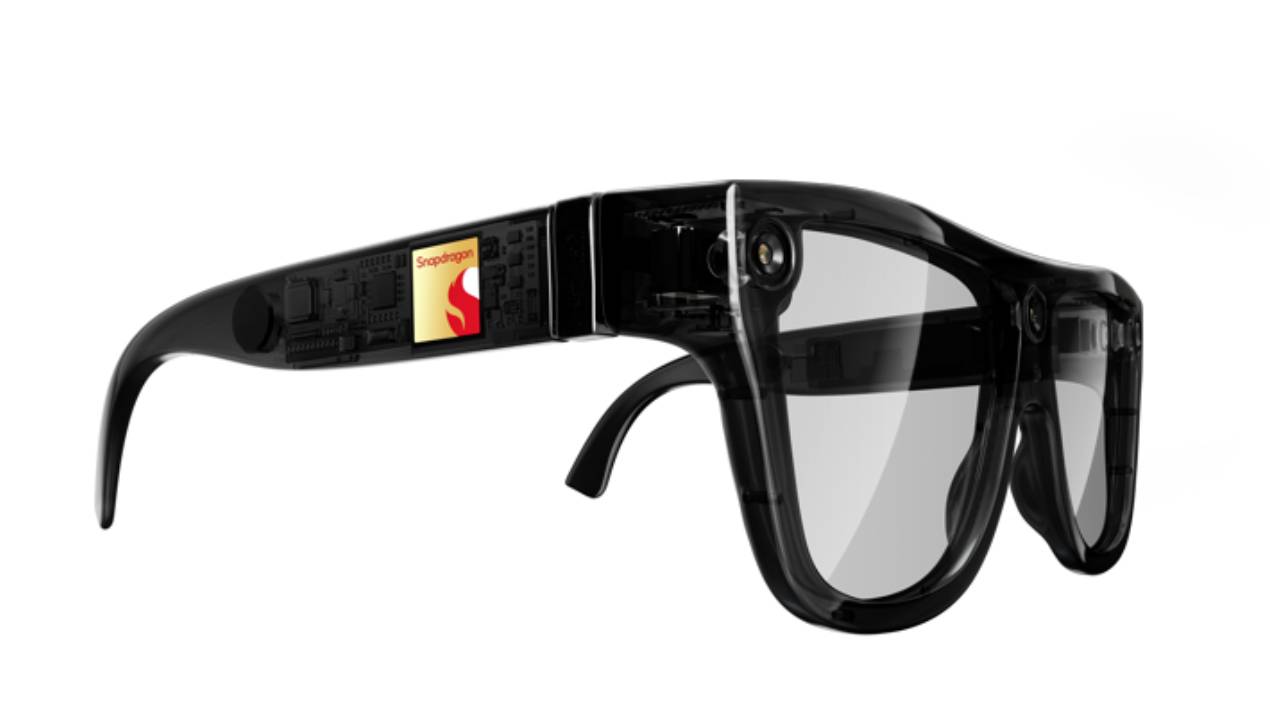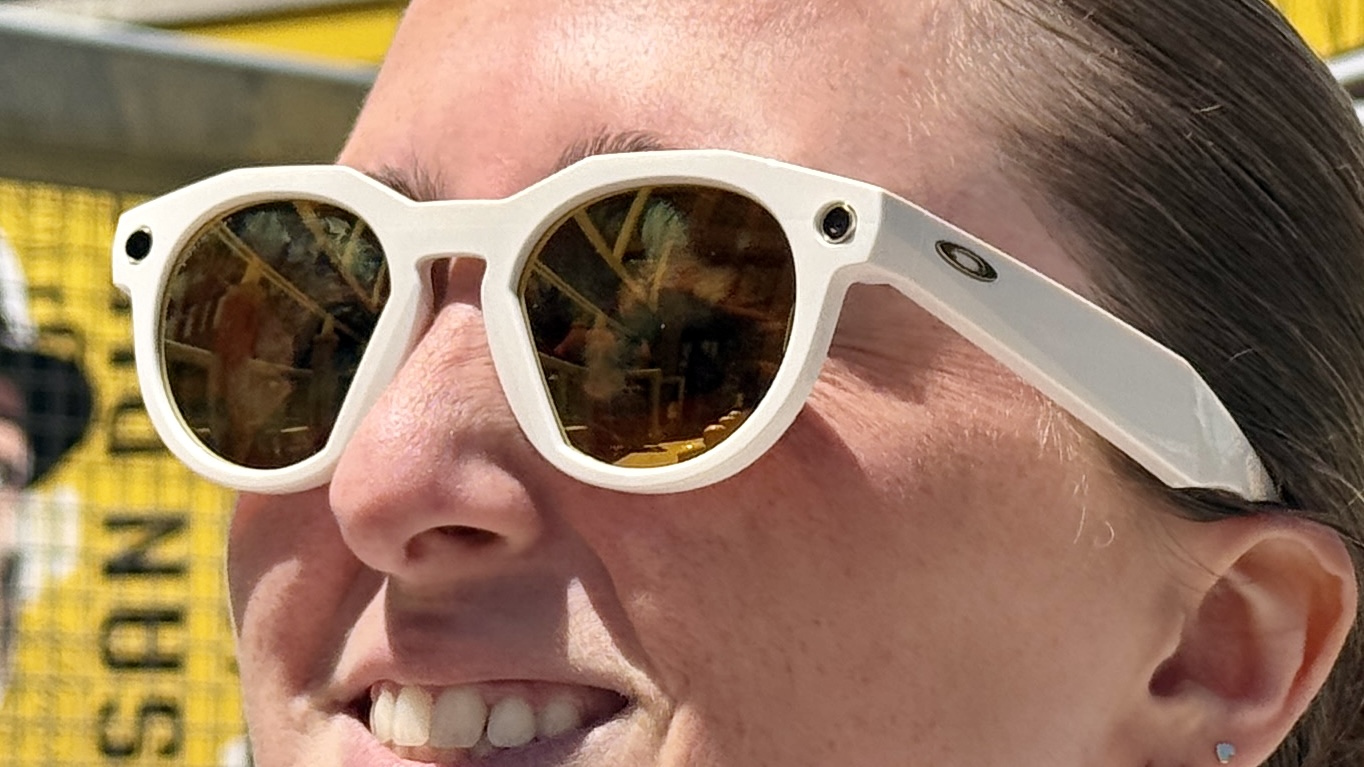I Just Saw the Future of AR Glasses, and This Feature May Fix the Biggest Problem I Have With Them

Qualcomm is on a mission to solve a big issue with the best AR glasses we see today, and it's teaming up with Belgian deep-tech startup VoxelSensors to do it: longer-lasting smart glasses without compromise.
Using Snapdragon XR platforms, VoxelSensors is bringing its new Single Photon Active Event Sensor (SPAES) 3D sensing to achieve two key features — up to 10x power savings with lower latency using XR apps in smart glasses and advancing Physical AI.
What does this mean for next-gen AR glasses? It brings spatial computing to more lightweight, everyday specs with more realistic XR visuals. If it brings better battery life, smart glasses will be a lot more viable.
But how does it all work? Let's dive into it.
Power efficiency is key

This is a huge step forward for AR glasses, as it not only extends the use of these specs but also brings smaller, more portable AR smart glasses with spatial computing capabilities closer to reality. By using Snapdragon XR chips, which can be found in devices like the TCL RayNeo X3 Pro, Snap Spectacles (for developers) and more, SPAES aims to deliver an XR experience in glasses for all-day wear.
With the lower latency and improvements in power efficiency, VoxelSensors' new 3D sensing tech looks to make Physical AI more easily accessible to AR glasses. As for what that is, Physical AI sees the world around you and interprets what you see. That's like Meta AI's visual intelligence in the Ray-Ban Meta smart glasses. However, it aims to push "wider environments posing challenging conditions like variable lighting and power constraints."
We see great potential for small, lightweight AR smart glasses that consumers can wear all day.
Ziad Asghar, SVP & GM of XR at Qualcomm Technologies
So, expect smart glasses with Snapdragon XR processors using VoxelSensors tech to be able to recognize products and bring up reviews automatically, give you real-time navigation while walking around and more with XR-like visuals on display.
Get instant access to breaking news, the hottest reviews, great deals and helpful tips.
This isn't too unlike what we've seen in previous smart glasses, like the Even Realities G1 AI glasses and their 640x200 virtual screen. But that's only a dot matrix green display; VoxelSensors tech aims to deliver a virtual experience on the level of the upcoming AndroidXR.
"For the XR industry to expand, Qualcomm Technologies is committed to enabling smaller, faster, and more power-efficient devices," said Ziad Asghar, SVP & GM of XR at Qualcomm Technologies.
Asghar continues: "We see great potential for small, lightweight AR smart glasses that consumers can wear all day. VoxelSensors’ technology offers the potential to deliver higher performance rates with significantly lower power consumption, which is needed to achieve this vision."
Future-look

While smart glasses have seen major improvements over the years, they're still limited by their battery and capabilities. Namely, the Oakley Meta HSTN impressively features eight hours of battery life with Meta AI visual intelligence, but it stops short of bringing AR features. And eight hours doesn't bring "all-day wear."
Then there's the Viture Luma Pro, AR glasses boasting a Sony Micro-OLED display with a 152-inch virtual screen with 1200p resolution. But these have to be plugged in to be of any use, and they aren't exactly specs you'll wear all day (they are chunky).
With VoxelSensors' collaboration with Qualcomm, this may all change in next-gen smart glasses. We'll have to see how all this works out, though, but it's looking like AR glasses with an everyday appeal will become a reality closer than we think.
It will be a while before with see this SPAES 3D sensing tech arrive, though. As announced, it will be available on Snapdragon AR2 Gen 1 platforms and available to customers and partners by December 2025.
Will we see the same arrive on Snapdragon AR1+? It's unclear, and it will be interesting to see how this tech takes effect (perhaps the Meta Quest 4 will make use of it). Either way, smartglasses are on the rise, and Qualcomm's partnership with VoxelSensors looks like it's heading in the right direction.
Follow Tom's Guide on Google News to get our up-to-date news, how-tos, and reviews in your feeds. Make sure to click the Follow button.
More from Tom's Guide
- I Travelled Across Europe With the RayNeo Air 3s Pro — Here’s Why They Are the Right Budget AR Glasses for You
- These AI-edited videos I generated with the Oakley Meta HSTN glasses are the stuff of my dreams
- Forget Ray-Ban Meta — HTC just unveiled Vive Eagle smart glasses that look like a stylish AI breakthrough

Darragh is Tom’s Guide’s Computing Editor and is fascinated by all things bizarre in tech. His work can be seen in Laptop Mag, Mashable, Android Police, Shortlist Dubai, Proton, theBit.nz, ReviewsFire and more. When he's not checking out the latest devices and all things computing, he can be found going for dreaded long runs, watching terrible shark movies and trying to find time to game
You must confirm your public display name before commenting
Please logout and then login again, you will then be prompted to enter your display name.
